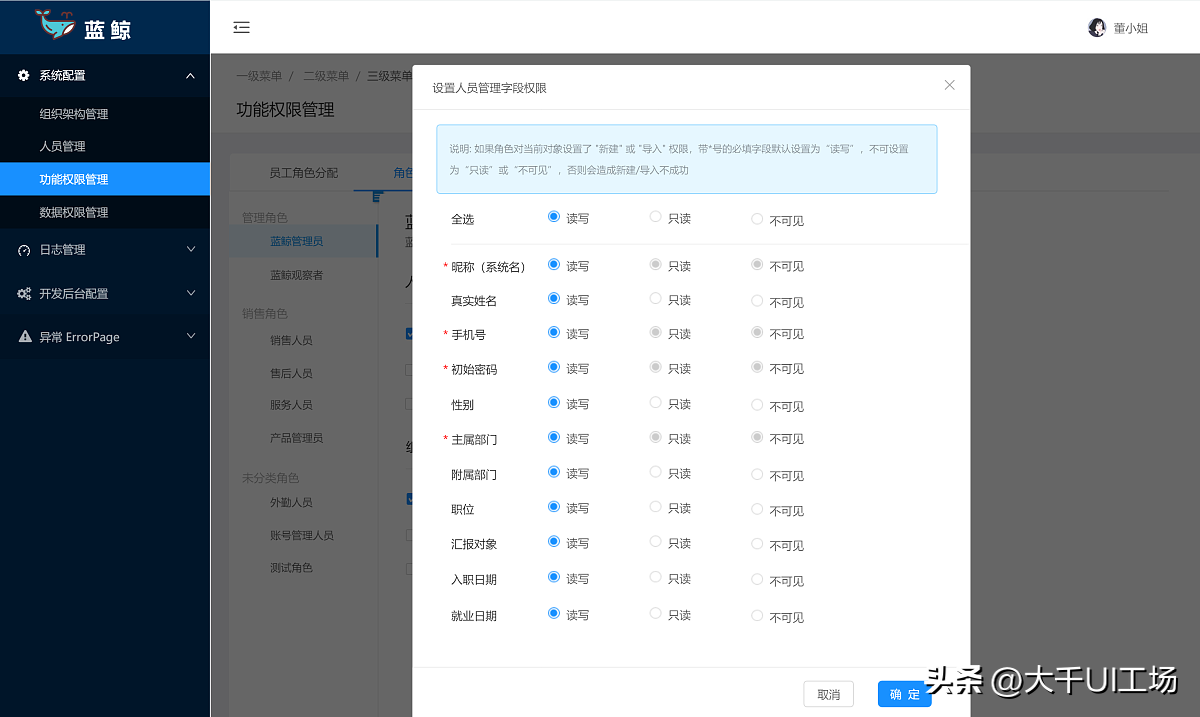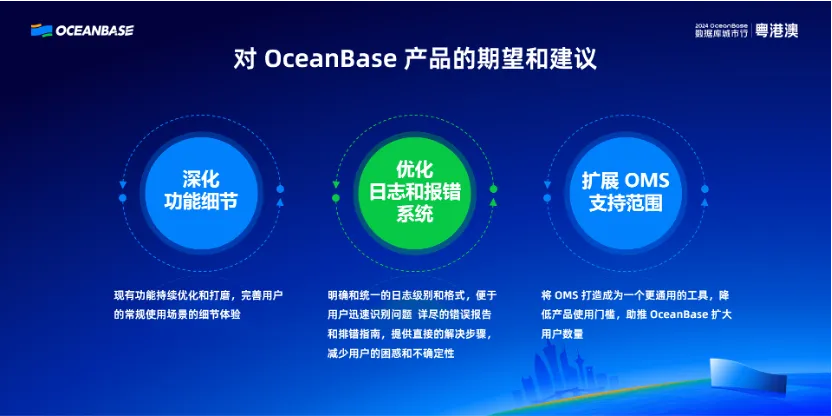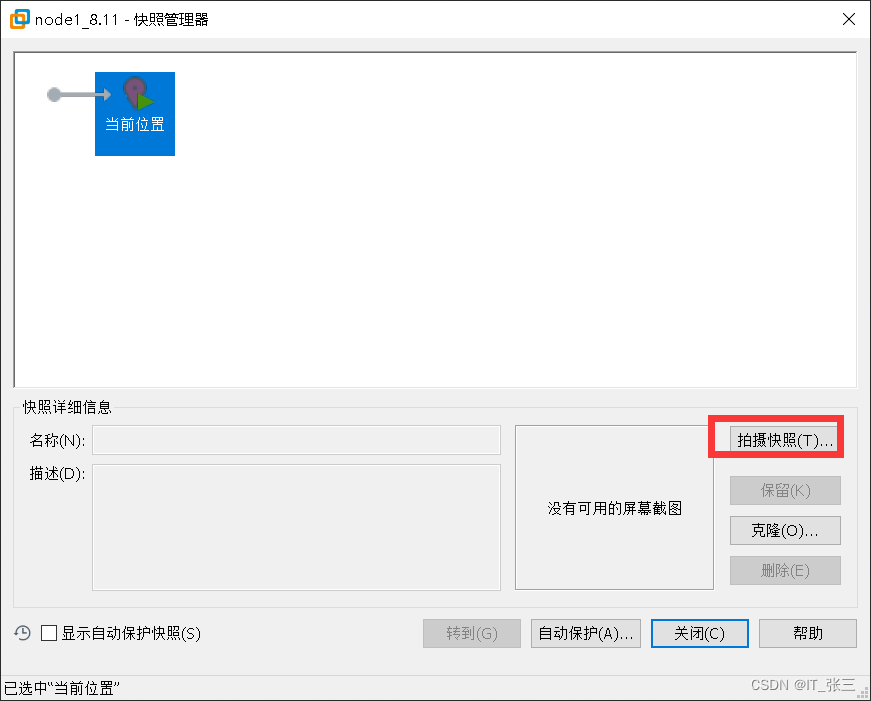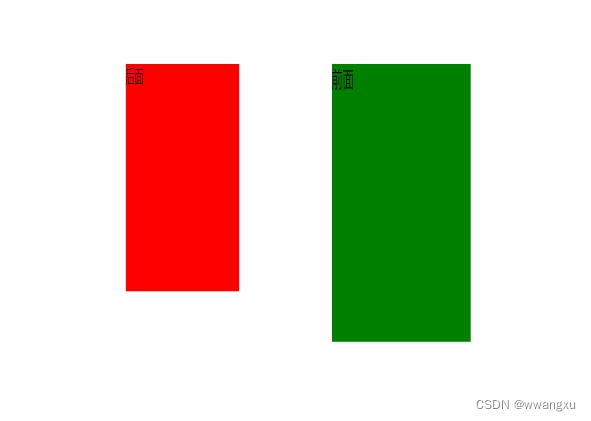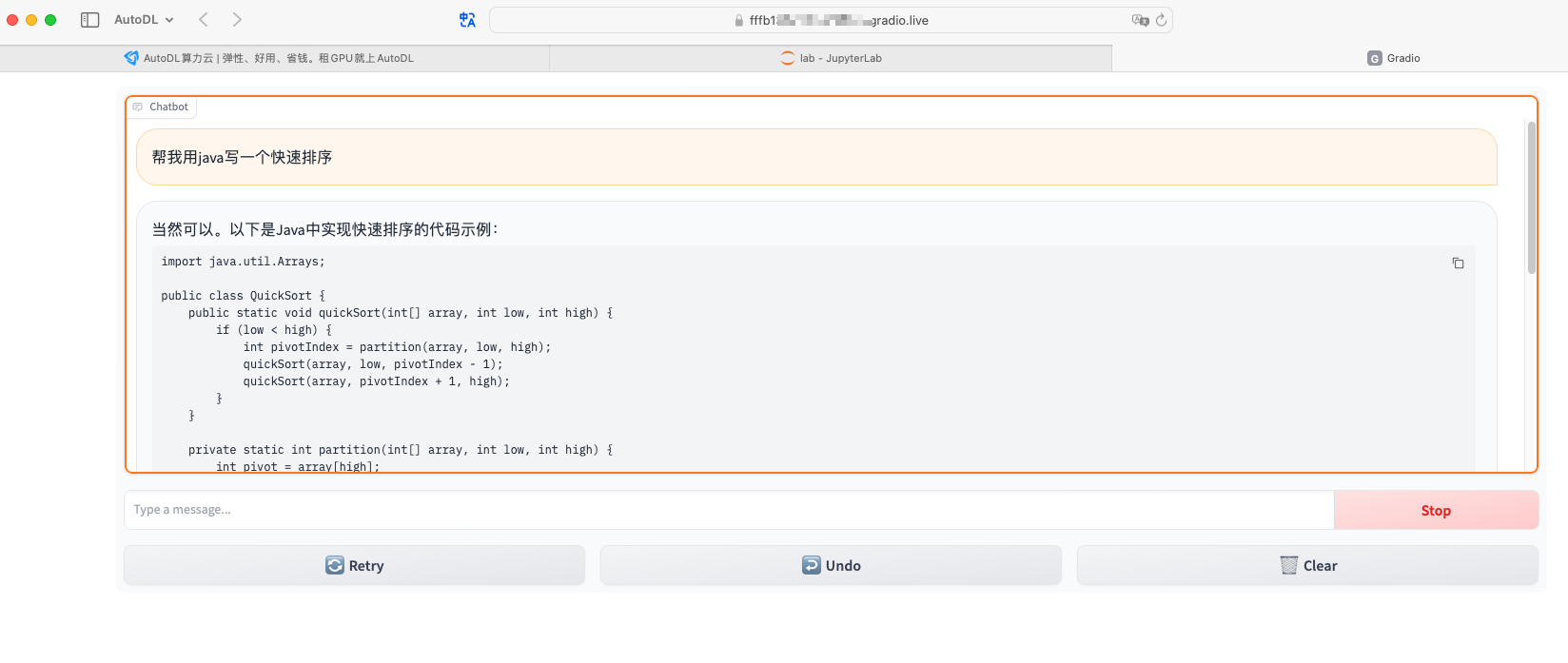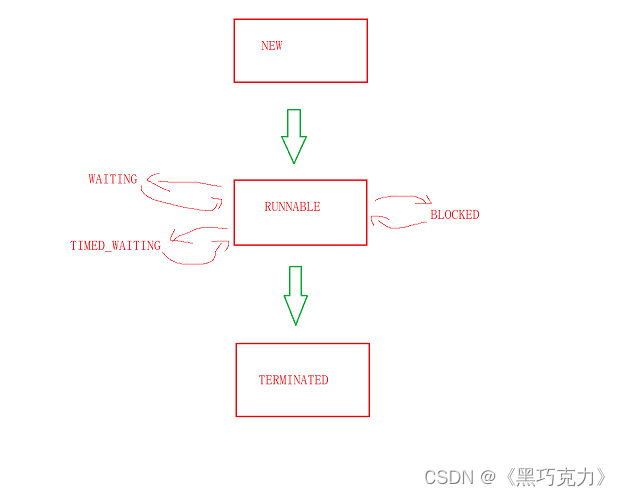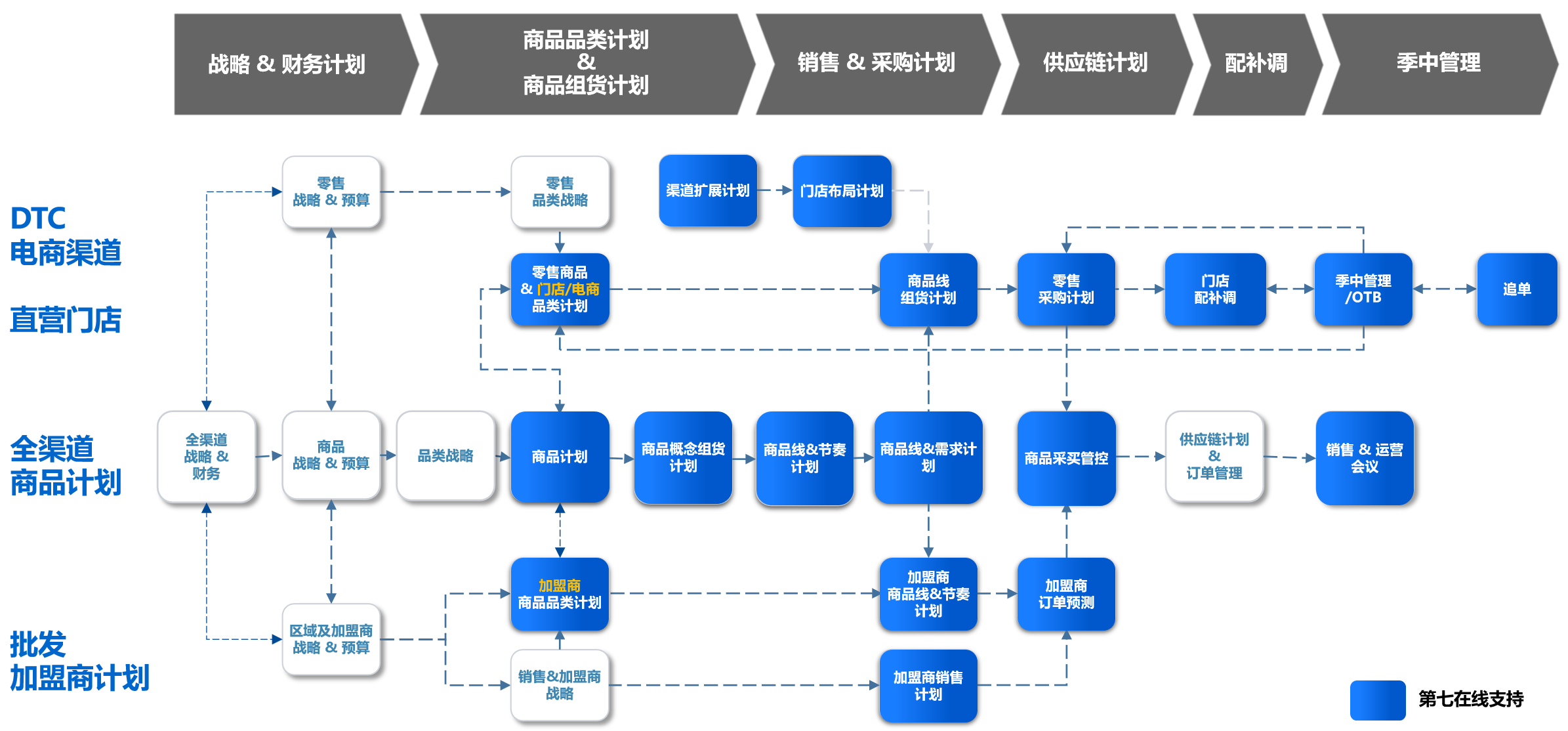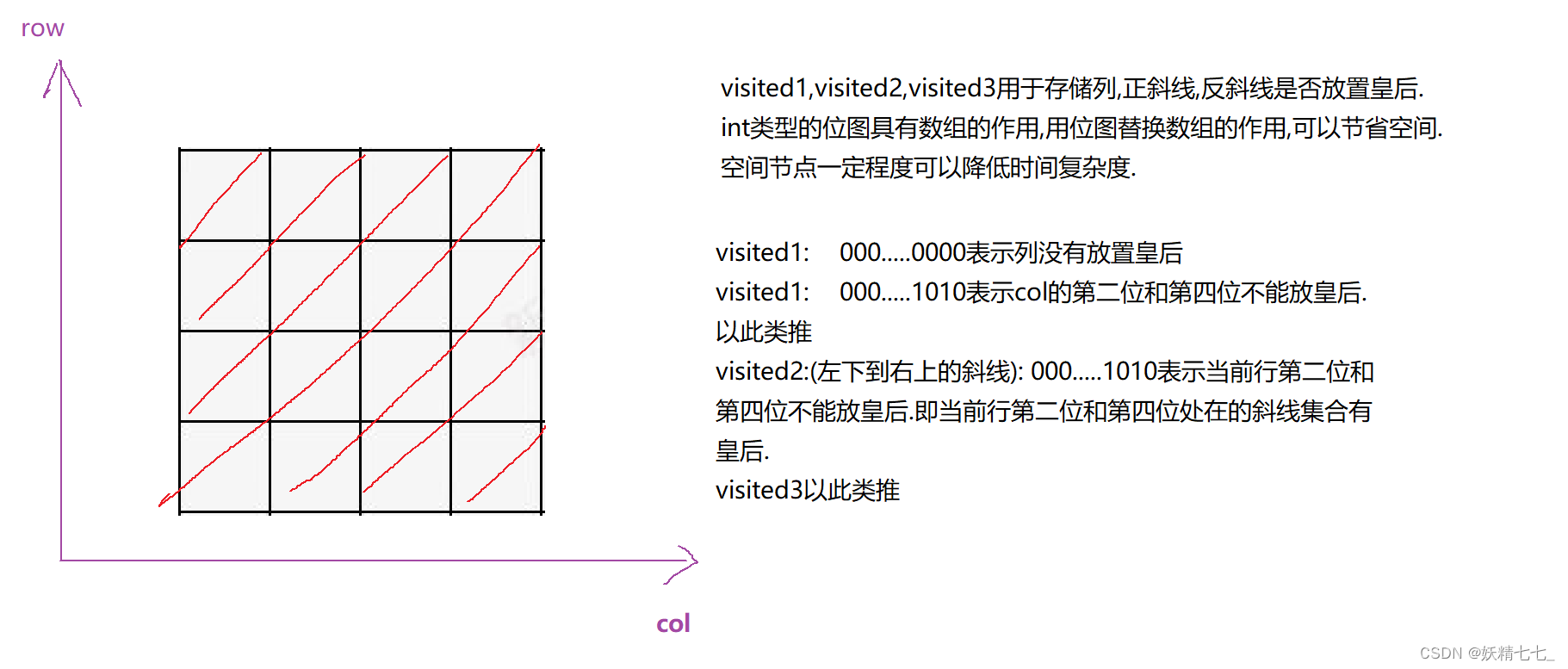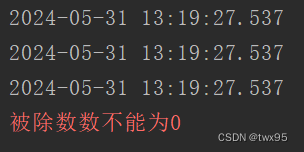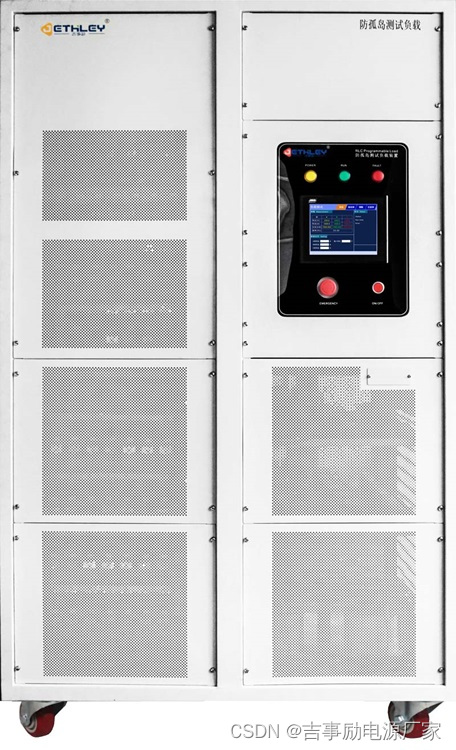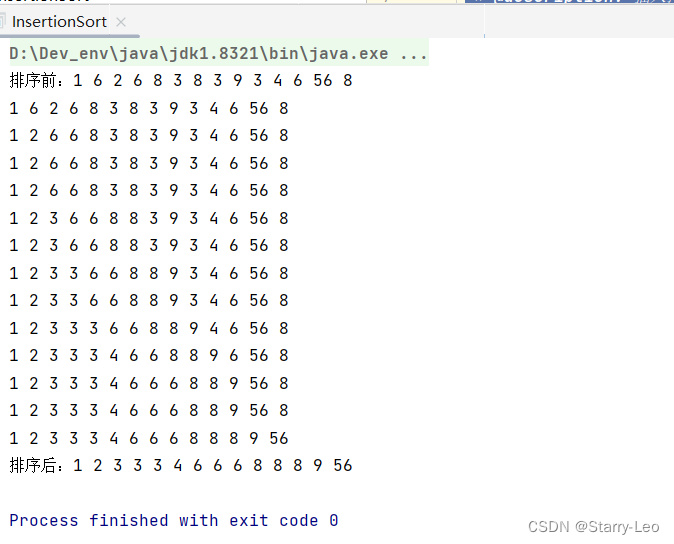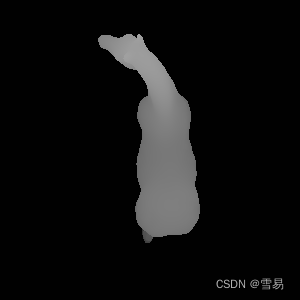文章目录
- 公式
- KV Cache
- MHA、MQA、GQA
- 面试题
- 为什么除以 d k \sqrt{d_k} dk
- Multihead的好处
- decoder-only模型在训练阶段和推理阶段的input有什么不同?
- 手撕必背-多头注意力
公式
$ \text{Output} = \text{softmax}\left(\frac{QK^T}{\sqrt{d_k}}\right) \times V$ 复杂度是O( n 2 n^2 n2)
KV Cache
推理阶段最常用的缓存机制,用空间换时间。
原理:
在进行自回归解码的时候,新生成的token会加入序列,一起作为下一次解码的输入。
由于单向注意力的存在,新加入的token并不会影响前面序列的计算,因此可以把已经计算过的每层的kv值保存起来,这样就节省了和本次生成无关的计算量。
通过把kv值存储在速度远快于显存的L2缓存中,可以大大减少kv值的保存和读取,这样就极大加快了模型推理的速度。
分别做一个k cache和一个v cache,把之前计算的k和v存起来
以v cache为例:
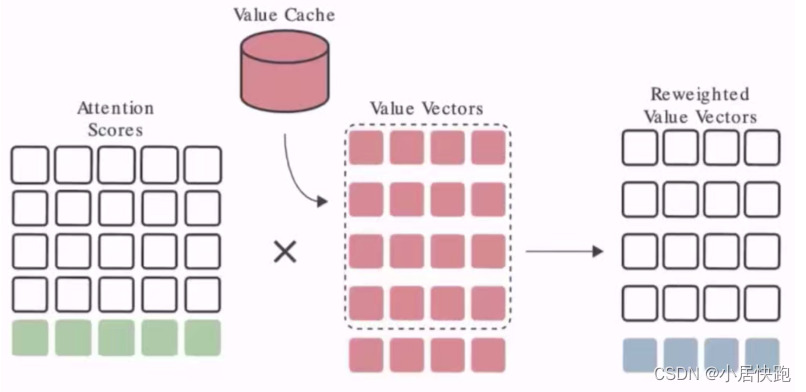
存在的问题:存储碎片化
解决方法:page attention(封装在vllm里了)
MHA、MQA、GQA
Multi-Head Attention、Multi-Query Attention、Group-Query Attention
目的:优化KV Cache所需空间大小
原理是共享k和v,但是使用MQA效果会差一些,于是又出现了GQA这种折中的办法

面试题
为什么除以 d k \sqrt{d_k} dk
压缩softmax输入值,以免输入值过大,进入了softmax的饱和区,导致梯度值太小而难以训练。
Multihead的好处
1、每个head捕获不同的信息,多个头能够分别关注到不同的特征,增强了表达能力。多个头中,会有部分头能够学习到更高级的特征,并减少注意力权重对角线值过大的情况。
比如部分头关注语法信息,部分头关注知识内容,部分头关注近距离文本,部分头关注远距离文本,这样减少信息缺失,提升模型容量。
2、类似集成学习,多个模型做决策,降低误差
decoder-only模型在训练阶段和推理阶段的input有什么不同?
- 训练阶段:模型一次性处理整个输入序列,输入是完整的序列,掩码矩阵是固定的上三角矩阵。
- 推理阶段:模型逐步生成序列,输入是一个初始序列,然后逐步添加生成的 token。掩码矩阵需要动态调整,以适应不断增加的序列长度,并考虑缓存机制。
手撕必背-多头注意力
逐头计算
import torch.nn as nn
class MultiHeadAttentionScores(nn.Module):
def __init__(self, hidden_size, num_attention_heads, attention_head_size):
super(MultiHeadAttentionScores, self).__init__()
self.num_attention_heads = num_attention_heads # 8,16, 32, 64
# Create a query, key, and value projection layer
# for each attention head. W^Q, W^K, W^V
self.query_layers = nn.ModuleList([
nn.Linear(hidden_size, attention_head_size)
for _ in range(num_attention_heads)
])
self.key_layers = nn.ModuleList([
nn.Linear(hidden_size, attention_head_size)
for _ in range(num_attention_heads)
])
self.value_layers = nn.ModuleList([
nn.Linear(hidden_size, attention_head_size)
for _ in range(num_attention_heads)
])
def forward(self, hidden_states):
# Create a list to store the outputs of each attention head
all_attention_outputs = []
for i in range(self.num_attention_heads): # i.e. 8
query_vectors = self.query_layers[i](hidden_states)
key_vectors = self.key_layers[i](hidden_states)
value_vectors = self.value_layers[i](hidden_states)
# softmax(Q&K^T)*V
attention_scores = torch.matmul(query_vectors, key_vectors.transpose(-1, -2))
# attention_scores combined with softmax--> normalized_attention_score
attention_outputs = torch.matmul(attention_scores, value_vectors)
all_attention_outputs.append(attention_outputs)
return all_attention_outputs
矩阵运算
import torch
import torch.nn as nn
class MultiHeadAttentionScores(nn.Module):
def __init__(self, hidden_size, num_attention_heads, attention_head_size):
super(MultiHeadAttentionScores, self).__init__()
self.num_attention_heads = num_attention_heads
self.attention_head_size = attention_head_size
self.hidden_size = hidden_size
self.query = nn.Linear(hidden_size, num_attention_heads * attention_head_size)
self.key = nn.Linear(hidden_size, num_attention_heads * attention_head_size)
self.value = nn.Linear(hidden_size, num_attention_heads * attention_head_size)
def forward(self, hidden_states):
batch_size = hidden_states.size(0)
query_layer = self.query(hidden_states)
key_layer = self.key(hidden_states)
value_layer = self.value(hidden_states)
query_layer = query_layer.view(batch_size, -1, self.num_attention_heads, self.attention_head_size).transpose(1, 2)
key_layer = key_layer.view(batch_size, -1, self.num_attention_heads, self.attention_head_size).transpose(1, 2)
value_layer = value_layer.view(batch_size, -1, self.num_attention_heads, self.attention_head_size).transpose(1, 2)
attention_scores = torch.matmul(query_layer, key_layer.transpose(-1, -2))
attention_probs = nn.Softmax(dim=-1)(attention_scores)
attention_outputs = torch.matmul(attention_probs, value_layer)
attention_outputs = attention_outputs.transpose(1, 2).contiguous().view(batch_size, -1, self.num_attention_heads * self.attention_head_size)
return attention_outputs

